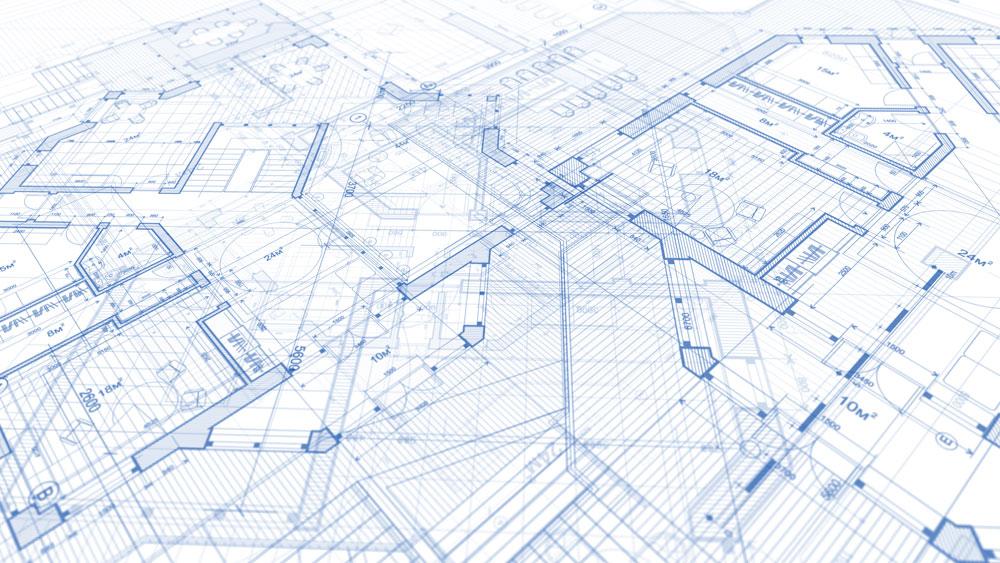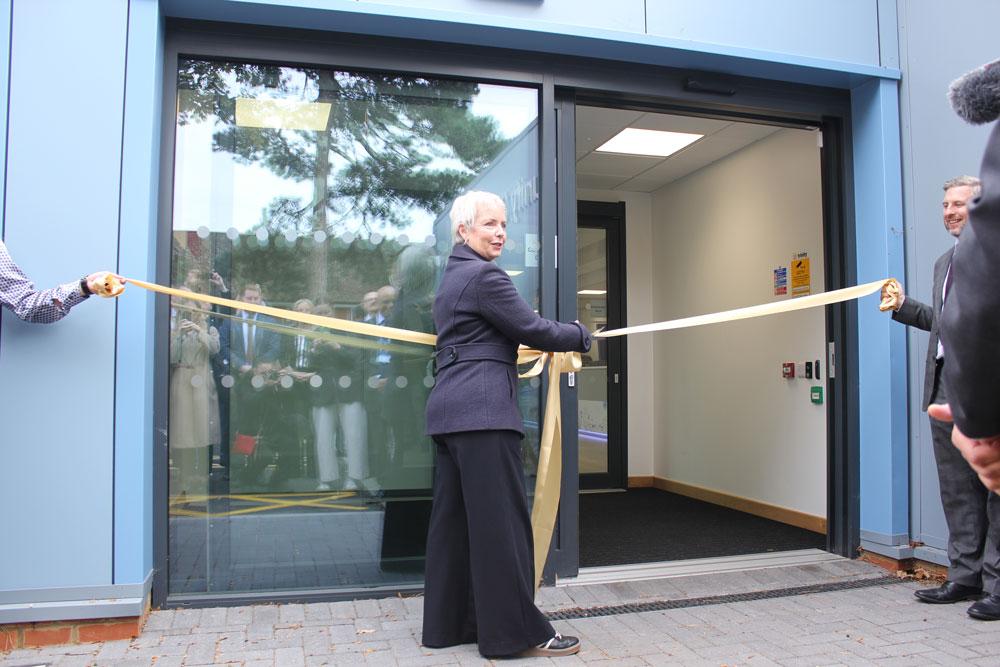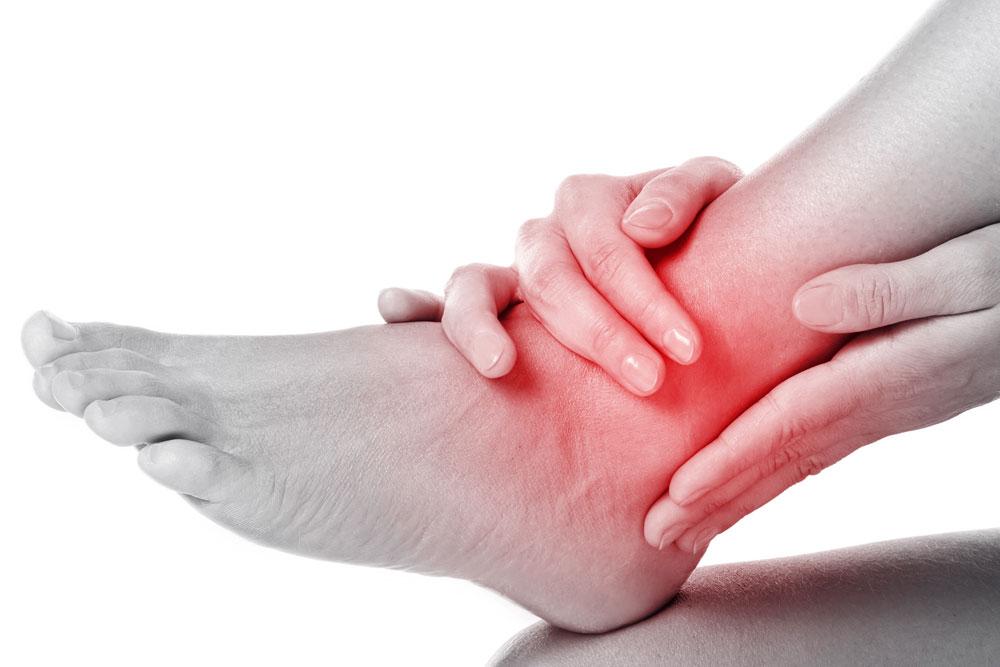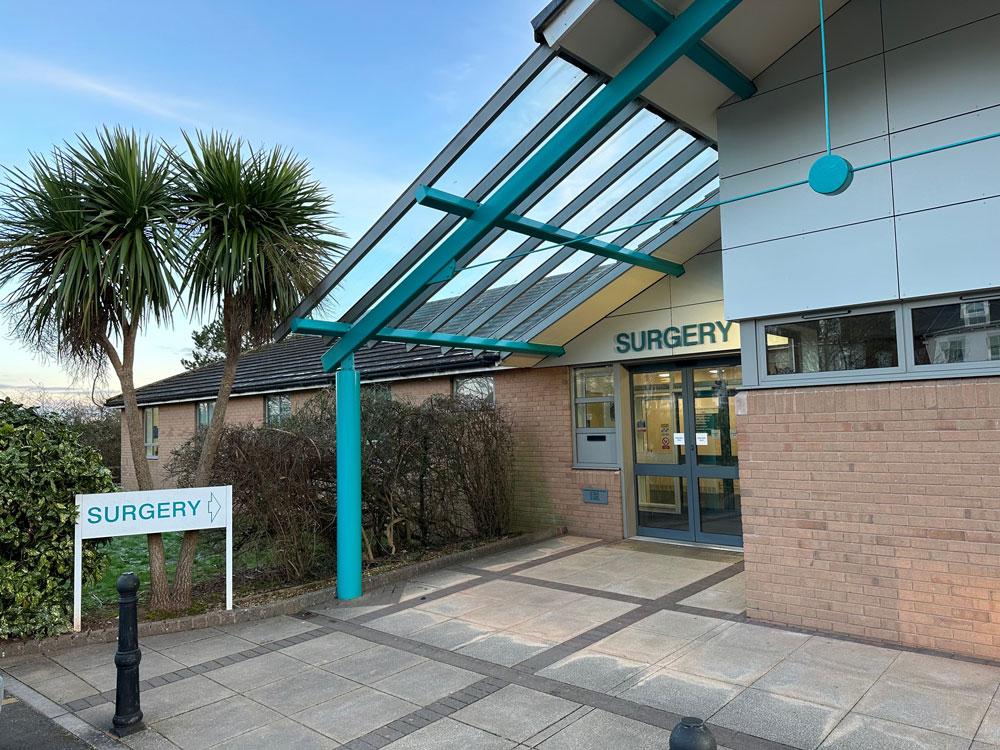While the Passivhaus standard is mostly used for housing, it is gradually gaining attention in the healthcare sector, with the first NHS building to achieve the energy-saving standard now open
Healthcare estates makes up four-to-five per cent of England’s carbon footprint. With the NHS committing to reach net zero carbon emissions by 2040, more environmentally friendly methods of design and construction are being sought to address the issue, as well as more efficient ways to heat and cool buildings.
Passivhaus is an international design standard, which cuts energy use from buildings and delivers high standards of comfort and health. Developed in Germany in the early 1990s, the design standard uses very little energy for heating and cooling, instead using a ‘whole building’ approach to construction, based on the principle that reducing heating loss to a minimum is the most cost-effective and robust way of achieving a low-carbon building.
Key Passivhaus features include insulation, stringent levels of airtightness, minimal thermal bridging, solar optimisation, and mechanical ventilation with heat recovery.
The UK’s greenest GP surgery
Opened in August 2021, Foleshill Health Centre is the first NHS building to achieve Passivhaus certification.
On-site for 25 weeks, using off-site modular construction, Foleshill Health Centre has two storeys, five consulting rooms, two treatment rooms, offices, a reception area and a waiting room.
The scheme is made up of 13 prefabricated modules, each engineered off-site. Once installed, they were then adapted to accommodate increased insulation to meet Passivhaus standards.
The structure was wrapped in external mineral wool insulation, with a rainscreen cladding. Polystyrene insulation was implemented to join up external walls, ensuring a thermal bridge-free structure between walls and the ground. The roof features a ply insulation standardised roof panel with timber parapet. The entire building became watertight in only three days.
Lee Connolly, head of project design and engineering at Portakabin, said: “This pilot project is pushing the boundaries of offsite construction within the public sector as well as the perceptions of that which can be achieved with MMC (Modern Methods of Construction). Foleshill is showcasing the flexibility of MMC and is a bold and brave step toward creating a legacy of buildings that will help the construction industry proactively tackle climate change. “
Ventilation
A key design challenge was unifying the Passivhaus methodology with the NHS health technical Memorandum HTM03-01 ventilation rates, requiring specified air changes for specific rooms within all healthcare facilities in the UK. This was achieved by detailed room by room ventilation analysis to meet these stringent demands.
The architects Tooley Foster developed internal spaces using analysis of usage and movement flows and provided landscaped gardens, electric charging points and sustainable transport options – including disabled parking next to the entrance.
From the construction site at Foleshill, only 2.48 per cent of waste went to landfill (1,063 tonnes) with 97.5 per cent recycled (41,847 tonnes).
Since opening, patients and staff are now benefiting from filtered air, temperature & humidity controls, and an optimised internal layout.
Dr Sarah Raistrick, a local GP and Chair of NHS Coventry and Warwickshire CCG said: “We are delighted with this fantastic new addition to our local community. Provision of care in sustainable surroundings is something we want to see replicated across the NHS.”
A pre-construction analysis by AECOM demonstrated a £450,000 saving over a 40-year period using the Passivhaus approach, and carbon emissions savings are projected to be 411 tonnes per year.
A Passivhaus hospital
After a decade of planning & development, the first hospital certified to Passivhaus is due to open in October in Frankfurt, Germany. The Klinikum-Höchst hospital is an eight-storey building that houses almost 700 beds, eleven operating rooms and a helipad with direct connections to emergency services.
Tarek Al-Wazir, economics minister, Hesse, said: “This hospital construction shows how climate protection can succeed in the building sector. This is exactly what we need. The best energy is that which is not consumed. Hesse is therefore focusing on saving energy, energy efficiency and renewable energies. The state was happy to support this flagship example of climate-friendly new buildings, whose energy standard is well above the legal requirements.”
Hospitals in old buildings
A high number of healthcare buildings are not new, and in many cases, are housed in historic or listed buildings, which restricts redevelopments and refurbishments.
To address this, there is a Passivhaus standard for retrofit schemes, which uses the same criteria for new-build projects, but with reduced criteria levels that address the challenges posed by existing buildings.
An exemplar building
The design of a hospital or other healthcare setting impacts the health of patients in many ways. The right lighting, layout, temperature and ventilation can all contribute to significantly better medical outcomes for patients.
With Passivhaus buildings featuring the right levels of insulation, airtightness, minimal thermal bridging, solar optimisation, and mechanical ventilation with heat recovery, they can go a long way to improving the environment for patients. And with soaring energy costs, an energy efficient building design can save the NHS much needed money, as well as contribute to its net zero goals.
It is hoped that Foleshill Health Centre will now be used as an exemplar of good practice within the NHS. Data will continue to be analysed over the next few years to provide additional evidence for investment in Passivhaus by the NHS.
Peter Randken, director of sustainability at Tooley Foster said: “The Passivhaus certification of Foleshill Health Centre confirms that very energy efficient NHS health buildings are now here, and even better, the long term cost of ownership’s lower than the conventional alternative.”





